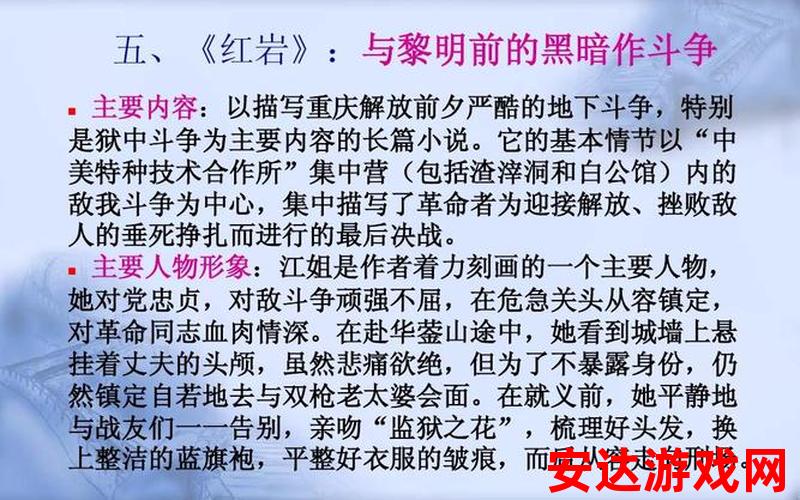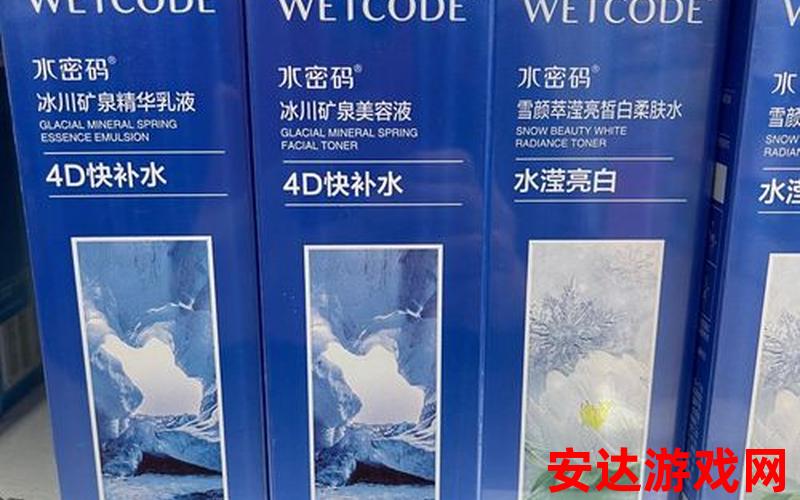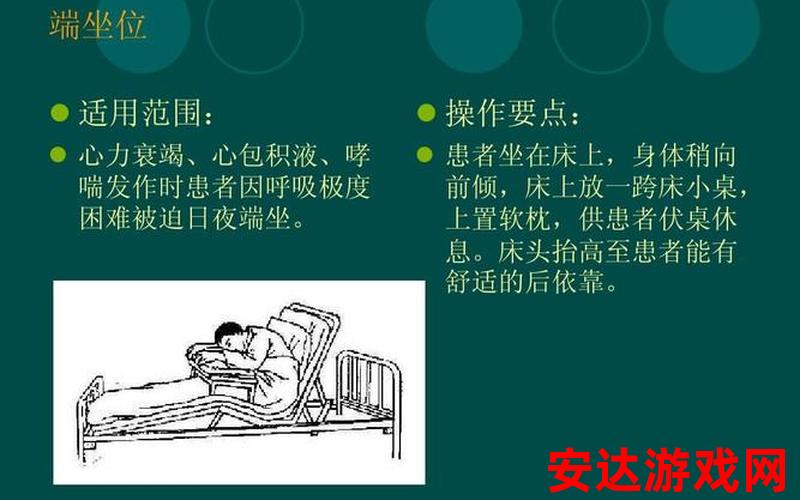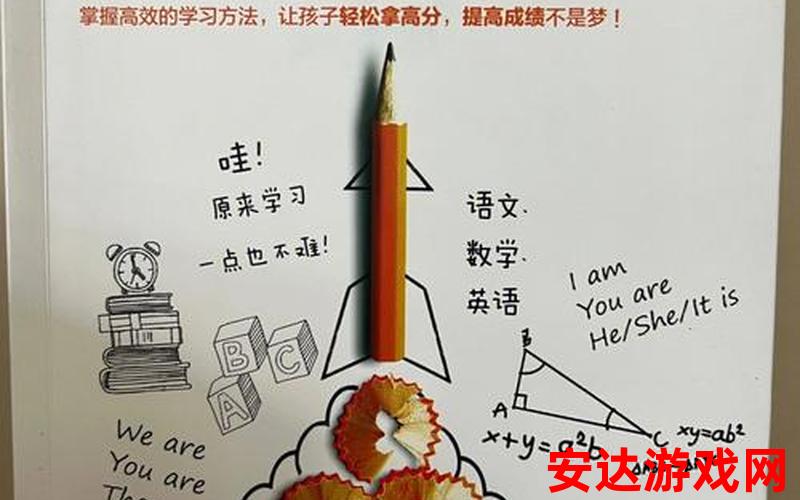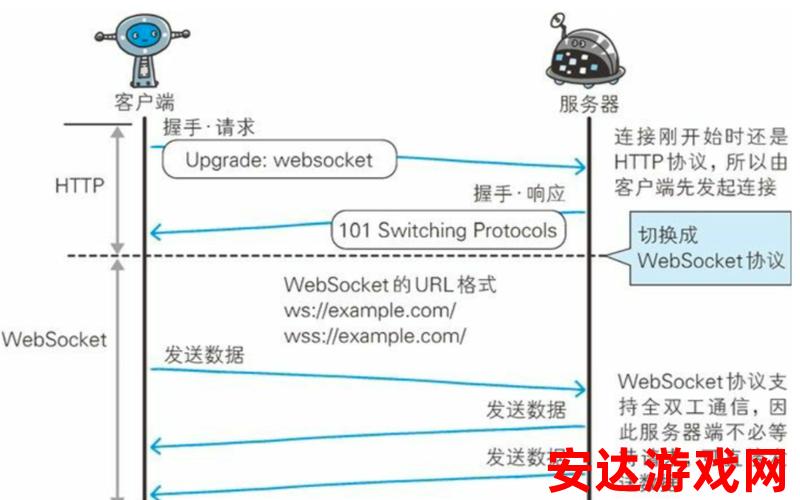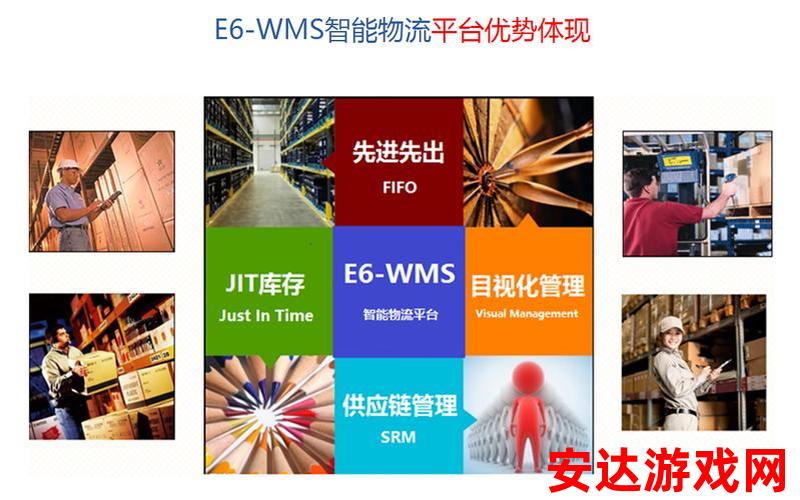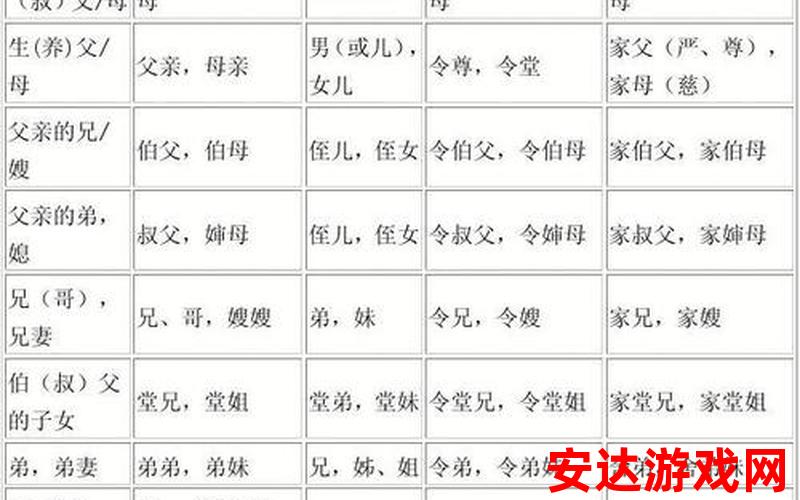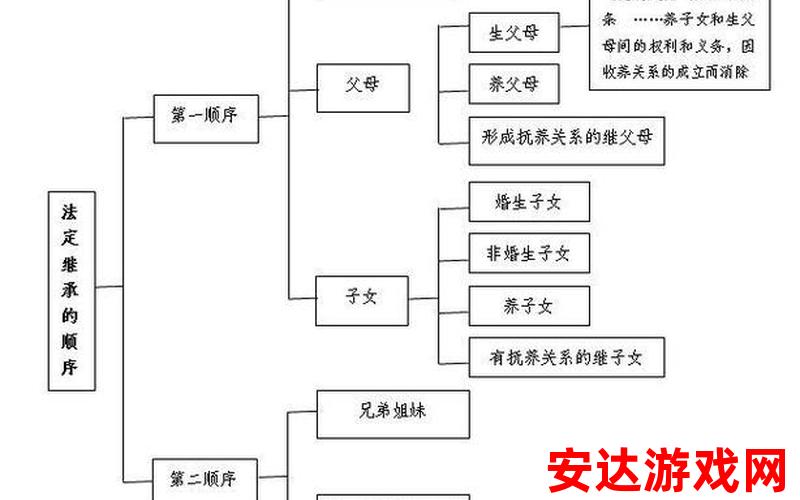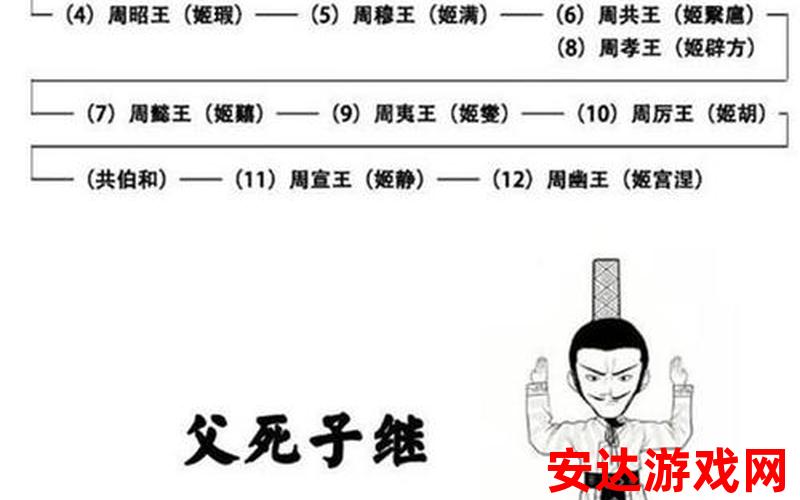中文翻译英文的翻译器:如何将中文翻译成英文?
攻略 2024-05-22 20 0
Introduction: The Fascinating World of Chinese to English Translation
Have you ever wondered how Chinese characters can be accurately translated into English? The process of converting the intricate meanings and nuances of one language to another is a fascinating endeavor. In this article, we will delve into the intricacies of Chinese to English translation and explore the various aspects involved in this captivating field.
The Role of Artificial Intelligence in Chinese to English Translation
Artificial Intelligence (AI) has revolutionized the translation industry, and Chinese to English translation is no exception. Advanced machine learning algorithms and neural networks have made it possible for translation software to understand and interpret the complexities of both languages. By analyzing vast amounts of bilingual data, AI-powered translation tools can provide accurate and contextually appropriate translations.
The Challenges of Translating Chinese Idioms and Cultural References
One of the most intriguing aspects of Chinese to English translation is capturing the essence of idioms and cultural references. Chinese idioms, known as chengyu, are deeply rooted in Chinese culture and history. Translating these idioms requires not only linguistic expertise but also a deep understanding of Chinese culture. It is crucial to find equivalent expressions in English that convey the same meaning and cultural significance.
The Art of Preserving Tone and Style in Chinese to English Translation
Chinese is a tonal language, where the tone of a word can change its meaning. Translating Chinese texts into English while preserving the original tone poses a significant challenge. Translators must carefully consider the context and intended meaning to ensure the translated text accurately reflects the tone of the original. Additionally, maintaining the author's writing style, whether it is formal, poetic, or colloquial, is essential to convey the intended message to English-speaking readers.
The Importance of Localization in Chinese to English Translation
Localization plays a crucial role in Chinese to English translation, especially in adapting the text to the target audience. Chinese culture, customs, and references may not always resonate with English-speaking readers. Translators must adapt the content to ensure it is culturally appropriate and relatable to the target audience. This involves making adjustments to idioms, jokes, metaphors, and even changing certain cultural references to make them understandable and relevant in the English context.
The Human Touch: The Role of Professional Translators
While AI-powered translation tools have made significant advancements, the human touch remains indispensable in Chinese to English translation. Professional translators bring their linguistic expertise, cultural knowledge, and creativity to the table. They can understand the subtle nuances of the source text and accurately convey them in English, ensuring a high-quality translation that captures the essence of the original Chinese text.
Conclusion: The Magic of Chinese to English Translation
Chinese to English translation is a captivating process that requires a deep understanding of both languages, cultures, and the art of effective communication. From the challenges of translating idioms and cultural references to the importance of preserving tone and style, each aspect adds to the complexity and charm of Chinese to English translation. Whether through AI-powered tools or the expertise of professional translators, the magic of accurately translating Chinese into English continues to captivate and bridge the gap between two rich linguistic worlds.




